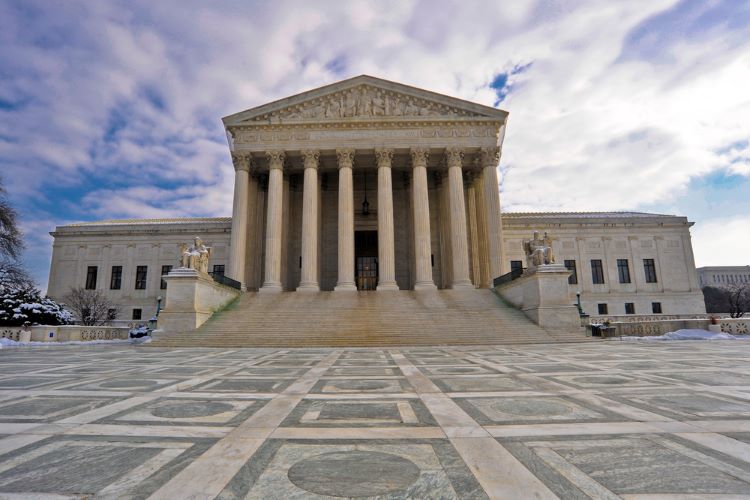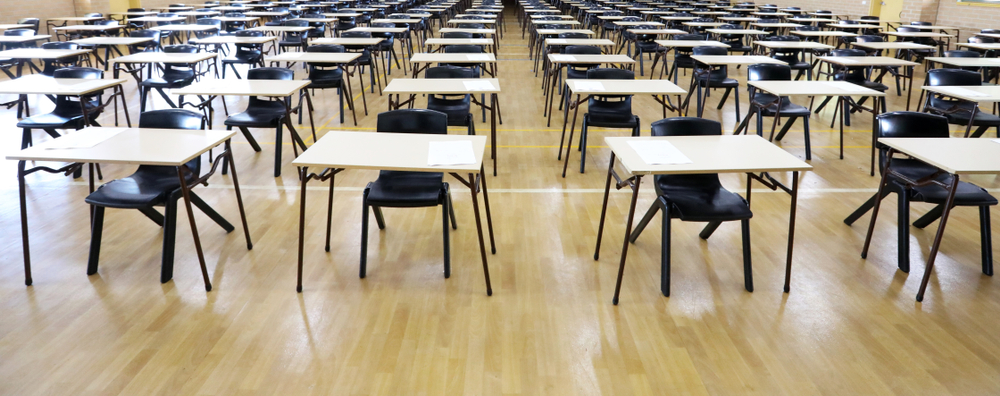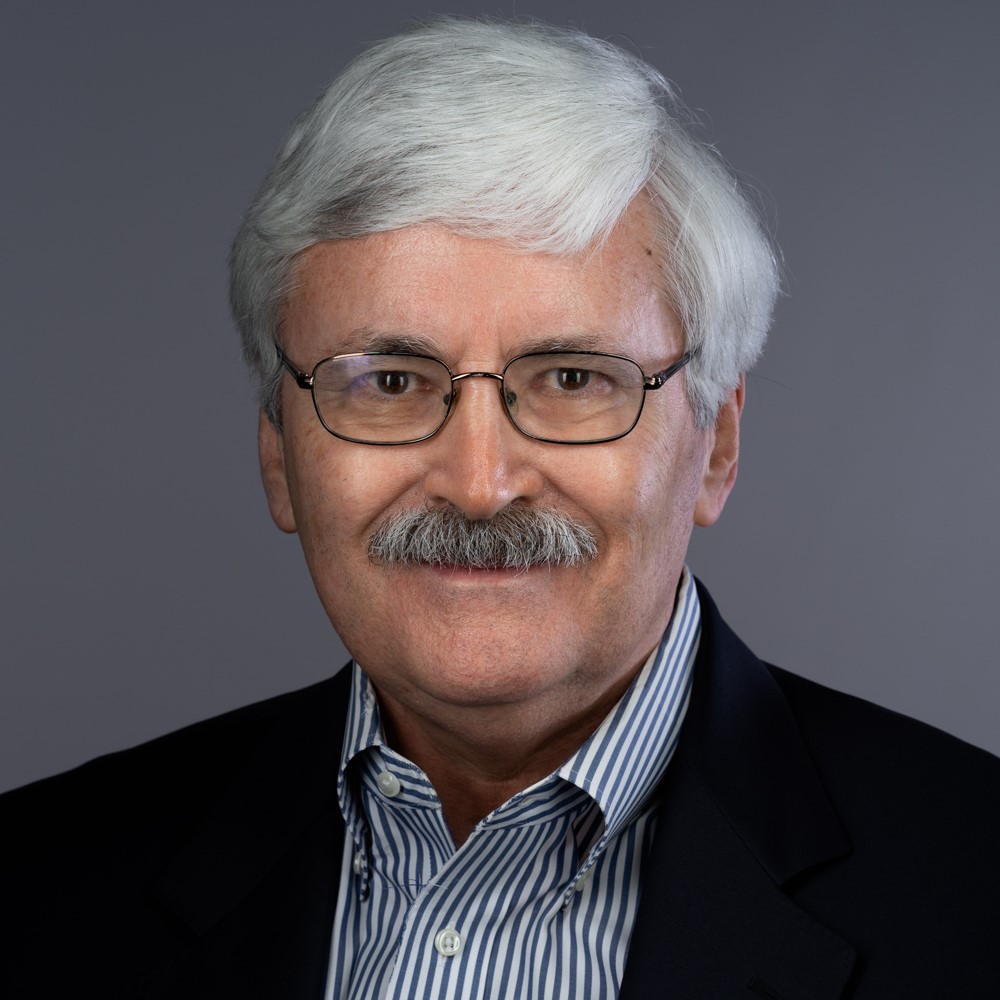Supreme Court ready to tackle free speech, affirmative action and election law in new term

Image from Shutterstock.
The U.S. Supreme Court—and those in its orbit—has been going through the usual machinations leading up to a new term in recent weeks: Panels of law professors and practitioners are previewing the big cases of the new term, and a few justices are making public appearances to send one message or another.
The court is edging closer back to “normal” as the COVID-19 pandemic recedes. Chief Justice John Roberts observed recently that when the justices take the bench to open the 2022-23 term on Oct. 3, the court building, and the courtroom itself, would once again be open to visitors.
“The public will be there to watch us,” Roberts said at the conference of the 10th U.S. Circuit Court of Appeals on Sept. 10.
The court is coming out of one of the most extraordinary terms in its history, with the leak of the draft opinion revealing Roe v. Wade would be overruled and a series of major 6-3 decisions reflecting the ascendancy of the supermajority of justices appointed by Republican presidents. Those included rulings further lowering the wall of separation between church and state, curtailing the Environmental Protection Agency’s authority to battle climate change and removing barriers for concealed carry of firearms.
The draft and the final opinion in the abortion case, Dobbs v. Jackson Women’s Health Organization, prompted protests outside several justices’ homes and large demonstrations outside the court, resulting in layers of security fencing.
“It was gut-wrenching every morning to drive into a Supreme Court with barricades around it,” the chief justice said in his remarks at the 10th Circuit conference.
Concerns about the court’s legitimacy
Now, the barricades are down, and the public is returning. But whether everything is back to normal is more subjective.
“Last term will forever be remembered as the term the court overruled Roe against Wade,” says Irving L. Gornstein, executive director of the Supreme Court Institute at Georgetown University Law Center. “For many, that was a cause for great celebration. For many others, it shattered their faith in the Supreme Court.”
Inside the court, Gornstein says, the Dobbs case “has provoked a deeply divisive debate on what it means for the court to act with legitimacy. And that internal debate has seeped out in the justices’ public comments.”
In his 10th Circuit appearance, Roberts lamented public attacks on the court’s legitimacy in the wake of Dobbs.
People “are certainly free to criticize the Supreme Court and if they want to say that its legitimacy is in question, they are free to do so, but I don’t understand the connection between opinions that people disagree with and the legitimacy of the court,” the chief justice said.
Justice Elena Kagan, in the minority in Dobbs, appeared to take issue with Roberts in a series of public appearance of her own this month.
She told an audience at Northwestern University’s Pritzker School of Law that one of the most important factors in the legitimacy of the high court was abiding by precedent except in rare circumstances.
“It’s what creates stability over time,” Kagan said. “Most important, when we’re talking about legitimacy of the court, [abiding by precedent] prevents people from thinking it’s all about politics. … If new members of a court come in, and all of a sudden everything is up for grabs, … then people have a right to say, ‘What’s going on there?’”
Kannon K. Shanmugam, a partner and chair of the Supreme Court practice at Paul, Weiss, says, “I just sense from the outside … that passions within the court are running high.”
Those feelings may not ease as a new term with more hot-button issues is about to open.
Three divisive issues are among the most discussed
In the new term, the most anticipated cases involve affirmative action in college admissions, the clash between free speech and anti-discrimination laws, voting rights and the authority of state courts to nullify actions by state legislatures to set rules for federal elections.
College admissions: Just six years ago, the high court upheld a race-conscious admissions program at the University of Texas at Austin, with Justice Anthony Kennedy, who long had been skeptical of the use of race in government programs, writing the majority opinion.
Kennedy retired in 2018, replaced by Justice Brett M. Kavanaugh, who has some record of skepticism on race-conscious programs. Other changes on the court since then will bring a new dynamic to the cases of Students for Fair Admissions v. President and Fellows of Harvard College and Students for Fair Admissions v. University of North Carolina.
SFFA challenged the use of race by Harvard and the University of North Carolina in undergraduate admissions, but lower courts upheld those programs. (Harvard’s case had moved farther along to include a decision by the 1st U.S. Circuit Court of Appeals. The UNC program was upheld by a federal district court, but the Supreme Court agreed to add the case this term before the 4th U.S. Circuit Court of Appeals had a chance to rule.)
“Under Justice Kennedy, the court muddled through to a middle ground” on affirmative action, says Roman Martinez, a partner and Supreme Court litigator at Latham & Watkins, who is not involved with the cases. “It’s not clear that middle ground will prevail here.”
Devon Westhill, the president and general counsel of the Center for Equal Opportunity, a conservative Washington think tank that opposes racial preferences in education, notes that new Justice Ketanji Brown Jackson will be participating in the UNC case. (Jackson, until recently a member of Harvard’s Board of Overseers, recused herself from the Harvard case.)
“She can weigh in on the UNC case. I think that’s actually a good thing,” Westhill says. “I think it’s important to hear from the first Black female on the Supreme Court of the United States how she feels about race consciousness in American life.”
The cases are set for argument on Oct. 31.
Free speech and public accommodations law: The case of 303 Creative v. Elenis is widely viewed as a sequel to Masterpiece Cakeshop Ltd. v. Colorado Civil Rights Commission, which involved a Christian baker who refused to make a custom wedding cake for a same-sex couple. (The court resolved that case on narrow grounds that the Colorado panel had shown animus toward the baker’s religious free exercise rights.)
In the new case, website designer Lorie Smith, also a Christian with religious objections to same-sex marriage, is seeking a declaration that Colorado’s anti-discrimination law may not compel her to design wedding websites for same-sex couples.
In accepting Smith’s appeal of lower court rulings against her, the Supreme Court set aside free exercise and religious exemption issues and limited the question presented to whether applying a public-accommodation law to compel an artist to speak or stay silent violates the First Amendment’s free-speech clause.
“I think they didn’t want to touch the religious exercise argument,” says Kelsi B. Corkran, the Supreme Court director at Georgetown Law’s Institute for Constitutional Advocacy and Protection.
Amanda Shanor, an assistant professor of legal studies and business ethics at the Wharton School at the University of Pennsylvania, says the case “is one of the blockbusters of this term, I think, in part because it bears both on the scope of speech protections in economic life, particularly for business owners, but also to the degree to which businesses can refuse to serve customers.”
State legislatures and election rules: In Moore v. Harper, the court will take up a case encompassing what some observers call the “independent state legislature” doctrine, which holds that Article I of the U.S. Constitution gives state legislatures alone the power to regulate elections in their states. The theory was cited by then-Chief Justice William Rehnquist in a concurring opinion in Bush v. Gore, which settled the 2000 presidential election.
In 2020, the doctrine was cited by Pennsylvania Republicans who asked the high court to consider their challenge to a state high court command to count mail-in ballots received within three days of the presidential election. The Supreme Court declined to intervene, but Justice Samuel Alito, in an opinion joined by Justices Clarence Thomas and Neil Gorsuch, suggested the Pennsylvania high court’s decision to extend the mail-in ballot deadline likely violated the federal constitution.
The Moore case stems from a North Carolina Supreme Court decision that threw out a congressional redistricting map drawn by the Republican-controlled legislature on grounds that it violates state constitutional provisions against political gerrymandering.
“The question here is, is there some outer bounds for what the legislature’s authority is, and whether other institutions in the state can serve as checks on the legislature’s authority?” says Derek T. Muller, a fellow and expert on election law at the University of Iowa College of Law.
The doctrine “does not allow states to ignore popular election results and step in and appoint their own slate of presidential electors after an election,” he says, but “it could be very extensive” in its impact on state courts’ role in election matters.
Shanmugam says the court’s docket for the new term shows that it “not shy on taking on the big issues. It just so happens we’re in an era where it feels as if every major issue in American life is coming to the Supreme Court at once.”



